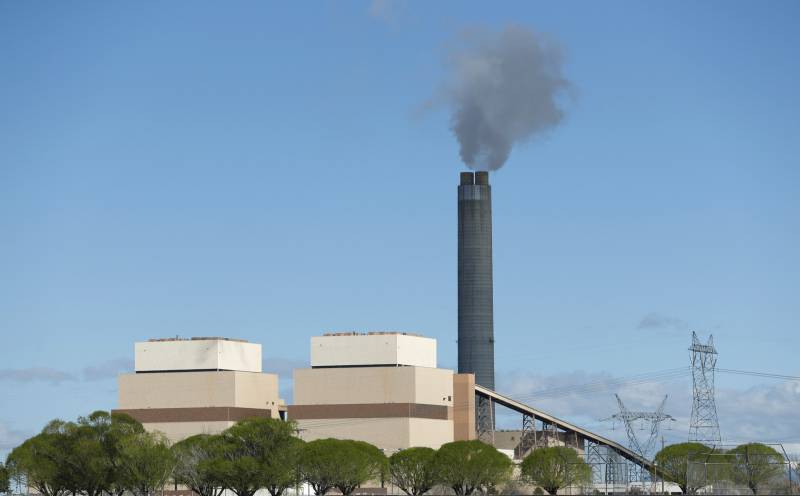The U.S. Supreme Court’s decision on Thursday to drastically limit the power of the federal Environmental Protection Agency to regulate planet-warming emissions upsets environmentalists, but experts say it doesn’t necessarily pose a threat to California’s ability to maintain its own stringent greenhouse gas reduction rules.
The 6-3 vote in the West Virginia v. EPA decision marks a significant change in how the federal EPA can exercise power to address climate change, making it clear that without approval from Congress, the agency is limited in how it can set national standards.
The bigger question now is how the ruling could affect the control all federal agencies have in imposing regulations and how states like California — which have historically taken a stronger approach to tackling climate change — could be affected.
California’s Air Resources Board, which oversees the state’s efforts to reduce air pollution, told CalMatters the agency agrees that the state’s policies and regulatory agencies now play an even more critical role in the fight against climate change.
Several experts say the ruling would not hinder the state’s efforts. Still, California’s efforts alone can’t solve a global problem, said attorney Sean Donahue, whose firm, Donahue, Goldberg & Littleton, wrote a brief in the case.

